39 python colorbar scientific notation
Suppressing Scientific Notation in Python for Float Values The syntax to suppress scientific notation is f' {number:. (required_number_of_decimal_places)f}'. For example, to display 9 decimal places, use f' {result:.9f}'. This will display the entire number, even if it's very large or very small, instead of using scientific notation. The format function in python can be used to suppress the ... Python matplotlib colorbar scientific notation base You would then call this formatter with the order of magnitude as the argument order, OOMFormatter (-2, mathText=False). mathText is set to false to obtain the notation from the question, i.e. while setting it to True, would give . You can then set the formatter to the colorbar via the colorbar's format argument.
Matplotlib colorbar ticks format when using scientific notation 1 Answer Sorted by: 1 You can change the tick's array from ticks = np.linspace (1.03*np.min (imest),0.97*np.max (imest),4) to something like: ticks = np.arange (2.2, 6.2, 1) * 1e6 And the result would look like the plot: Share Improve this answer Follow answered Jan 5, 2017 at 5:01 Lucas 6,699 4 28 45 Add a comment Your Answer
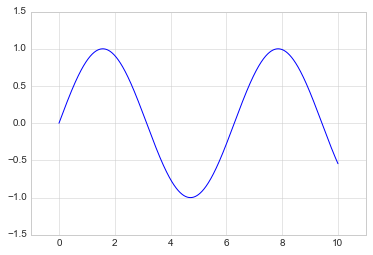
Python colorbar scientific notation
python - Scientific notation colorbar in matplotlib - Stack Overflow There is a more straightforward (but less customizable) way to get scientific notation in a ColorBar without the %.0e formatting. Create your ColorBar: cbar = plt.colorbar () And call the formatter: cbar.formatter.set_powerlimits ( (0, 0)) This will make the ColorBar use scientific notation. Python Scientific Notation: Converting and Suppressing • datagy When Does Python Use Scientific Notation? One important thing to note is that Python will never store your values as scientific notation. They will always be stored as either integers or floating-point values. Python will, however, display the values in scientific notation when appropriate. matplotlib.axes.Axes.ticklabel_format style {'sci', 'scientific', 'plain'} Whether to use scientific notation. The formatter default is to use scientific notation. scilimits pair of ints (m, n) Scientific notation is used only for numbers outside the range 10 m to 10 n (and only if the formatter is configured to use scientific notation at all). Use (0, 0) to include all numbers.
Python colorbar scientific notation. python - Disabling scientific notation of imshow colorbar in matplotlib ... In this case the key is to set the format option of the color bar. (note the second, less up-voted answer for a one-line solution) - MB-F Feb 10, 2017 at 7:38 Add a comment 1 Answer Sorted by: 5 Found the solution myself: using these lines: fmt = '%1.2f' cb = plt.colorbar (cax1,fraction=0.046, pad=0.04, format = fmt) and removing the line: Scientific Notation in Python and NumPy - Sparrow Computing This is because Python decides whether to display numbers in scientific notation based on what number it is. As of Python 3, for numbers less than 1e-4 or greater than 1e16, Python will use scientific notation. Otherwise, it uses standard notation. But you can override this behavior with string formatting. python - using scientific notation kdeplot - Stack Overflow .set_scientific(True) applies to the offset label. Here you don't have any offset, so it seems like it's ignored. There is unfortunately no canonical way to format the ticklabels themselves in scientific notation. One method is shown in Show decimal places and scientific notation on the axis. Applying it here: matplotlib.pyplot.colorbar — Matplotlib 3.7.1 documentation cax Axes, optional. Axes into which the colorbar will be drawn. ax Axes or iterable or numpy.ndarray of Axes, optional. One or more parent axes from which space for a new colorbar axes will be stolen, if cax is None. This has no effect if cax is set.. use_gridspec bool, optional. If cax is None, a new cax is created as an instance of Axes. If ax is positioned with a subplotspec and use ...
python - using scientific notation with seaborn - Stack Overflow Here I would be expecting the colourbar to show an indexed notation as in the first link in the description of this problem. Many thanks in advance! python seaborn colorbar scientific-notation Share Follow asked Jun 10, 2019 at 10:34 user8188120 863 1 15 28 Add a comment 1 Answer Sorted by: 2 .set_scientific (True) applies to the offset label. [Solved] Scientific notation colorbar in matplotlib | 9to5Answer There is a more straightforward (but less customizable) way to get scientific notation in a ColorBar without the %.0e formatting. Create your ColorBar: cbar = plt.colorbar () And call the formatter: cbar .formatter.set_powerlimits ( ( 0, 0 )) This will make the ColorBar use scientific notation. python - Change fontsize of scientific notation next to colorbar (ax ... python - Change fontsize of scientific notation next to colorbar (ax.yaxis.get_offset_text ().set_fontsize () not working) - Stack Overflow Change fontsize of scientific notation next to colorbar (ax.yaxis.get_offset_text ().set_fontsize () not working) Ask Question Asked 1 year, 5 months ago Modified 9 months ago Viewed 363 times 1 python - Matplotlib axis label move scientific exponent into same line ... The first one may be a possible alternative (because you mention that the envisioned solution "might cause confusion about the exponents"). The second might point a way to a possible solution although it is about using a colorbar. So in order to change the position of the offset text to be in line with the xtick labels, the following would be a ...
Python - matplotlib - Custom ticks label in scientific notation while ... python matplotlib logarithm scientific-notation ticker Share Improve this question Follow asked Apr 16, 2020 at 13:30 Vost 33 7 Add a comment 2 Answers Sorted by: 0 Solved, based on your code above. This one is much simpler. You need to use xticklabels. Colorbar scientific notation, change e^ to 10^ - Stack Overflow I am using scientific notation in a colorbar within a 2D plot. I want to write 10^ {-3} instead of e-3. I tried to change that (see code below) but it does not work... python - Matplotlib Colorbar scientific notation offset - Stack Overflow You can simply use set_offset_position for the y-axis of the colorbar. Compare: fig, ax = plt.subplots () im = ax.imshow (np.random.random ( (10,10))) cb = fig.colorbar (im) cb.formatter.set_powerlimits ( (0, 0)) cb.ax.yaxis.set_offset_position ('right') cb.update_ticks () plt.show () versus matplotlib.axes.Axes.ticklabel_format style {'sci', 'scientific', 'plain'} Whether to use scientific notation. The formatter default is to use scientific notation. scilimits pair of ints (m, n) Scientific notation is used only for numbers outside the range 10 m to 10 n (and only if the formatter is configured to use scientific notation at all). Use (0, 0) to include all numbers.
Python Scientific Notation: Converting and Suppressing • datagy When Does Python Use Scientific Notation? One important thing to note is that Python will never store your values as scientific notation. They will always be stored as either integers or floating-point values. Python will, however, display the values in scientific notation when appropriate.
python - Scientific notation colorbar in matplotlib - Stack Overflow There is a more straightforward (but less customizable) way to get scientific notation in a ColorBar without the %.0e formatting. Create your ColorBar: cbar = plt.colorbar () And call the formatter: cbar.formatter.set_powerlimits ( (0, 0)) This will make the ColorBar use scientific notation.
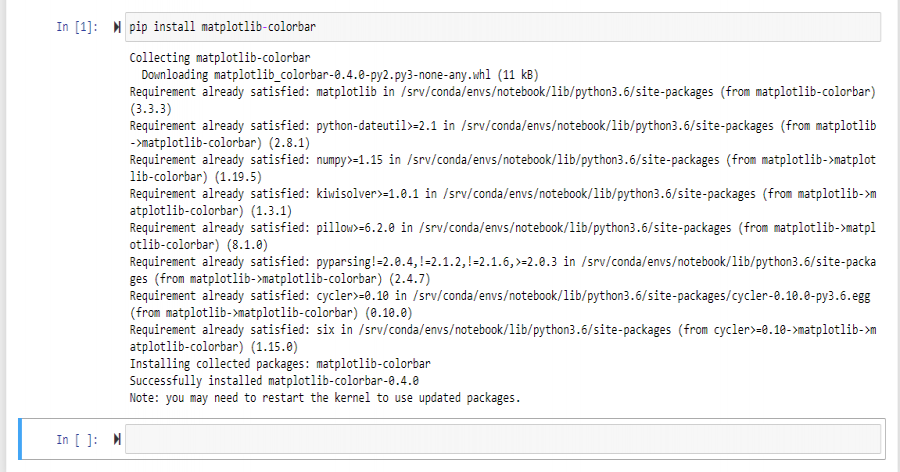
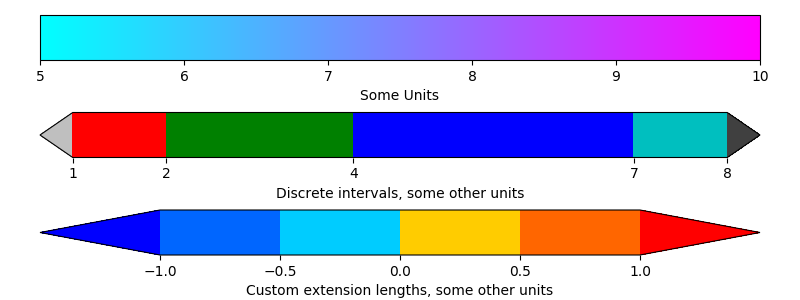

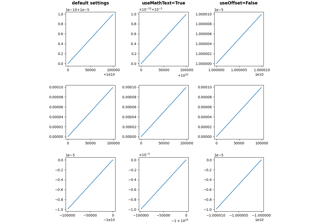

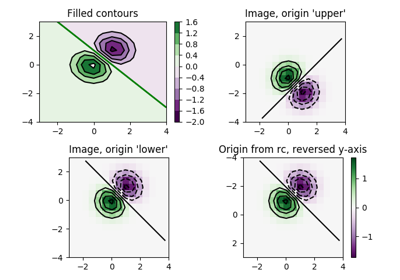
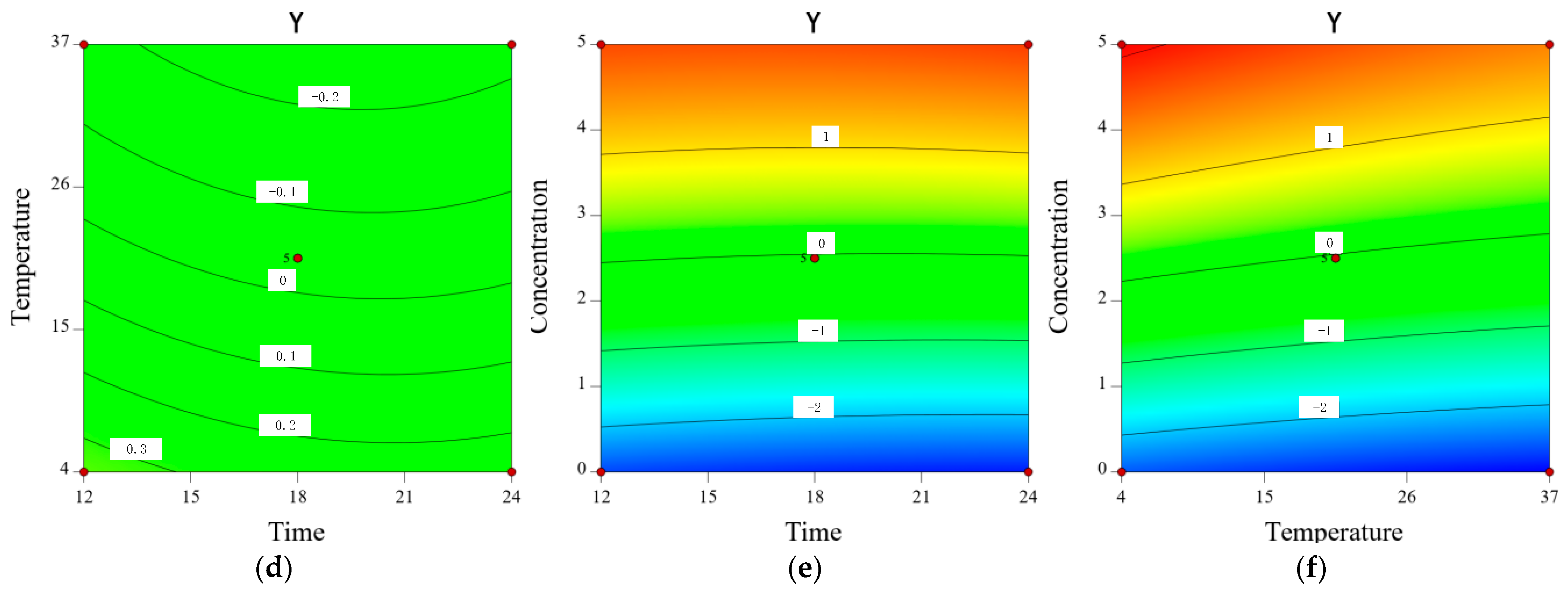

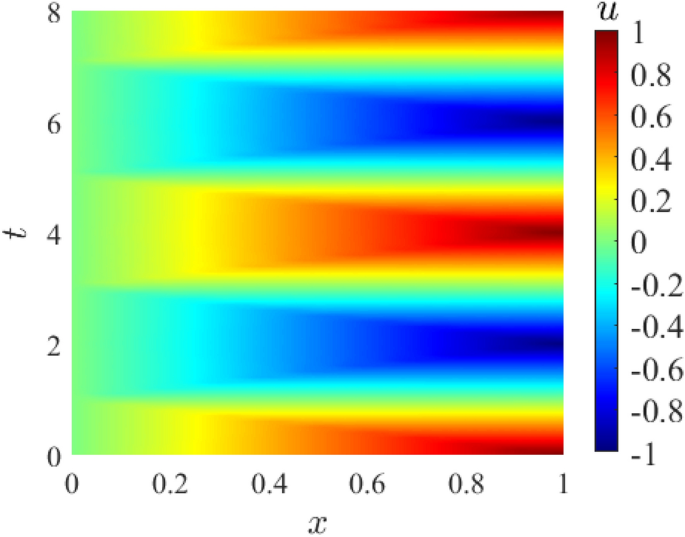
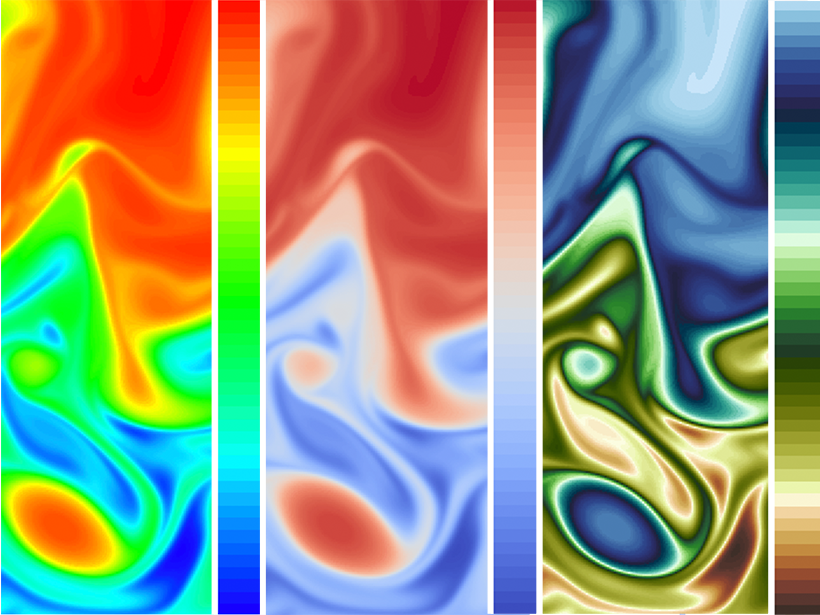

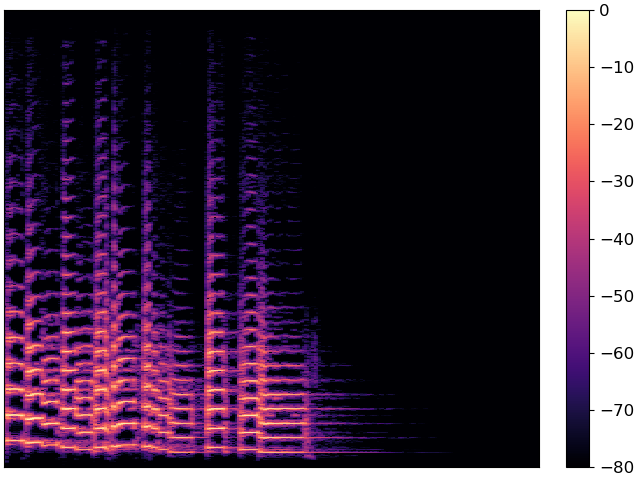

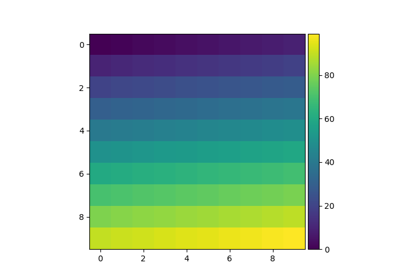
![Bug]: Matplotlib >= 3.5.0 drops scientific notation for ...](https://user-images.githubusercontent.com/9202794/192121978-ce61c8fd-0af6-49b2-acc9-03d4ac4b49b0.png)
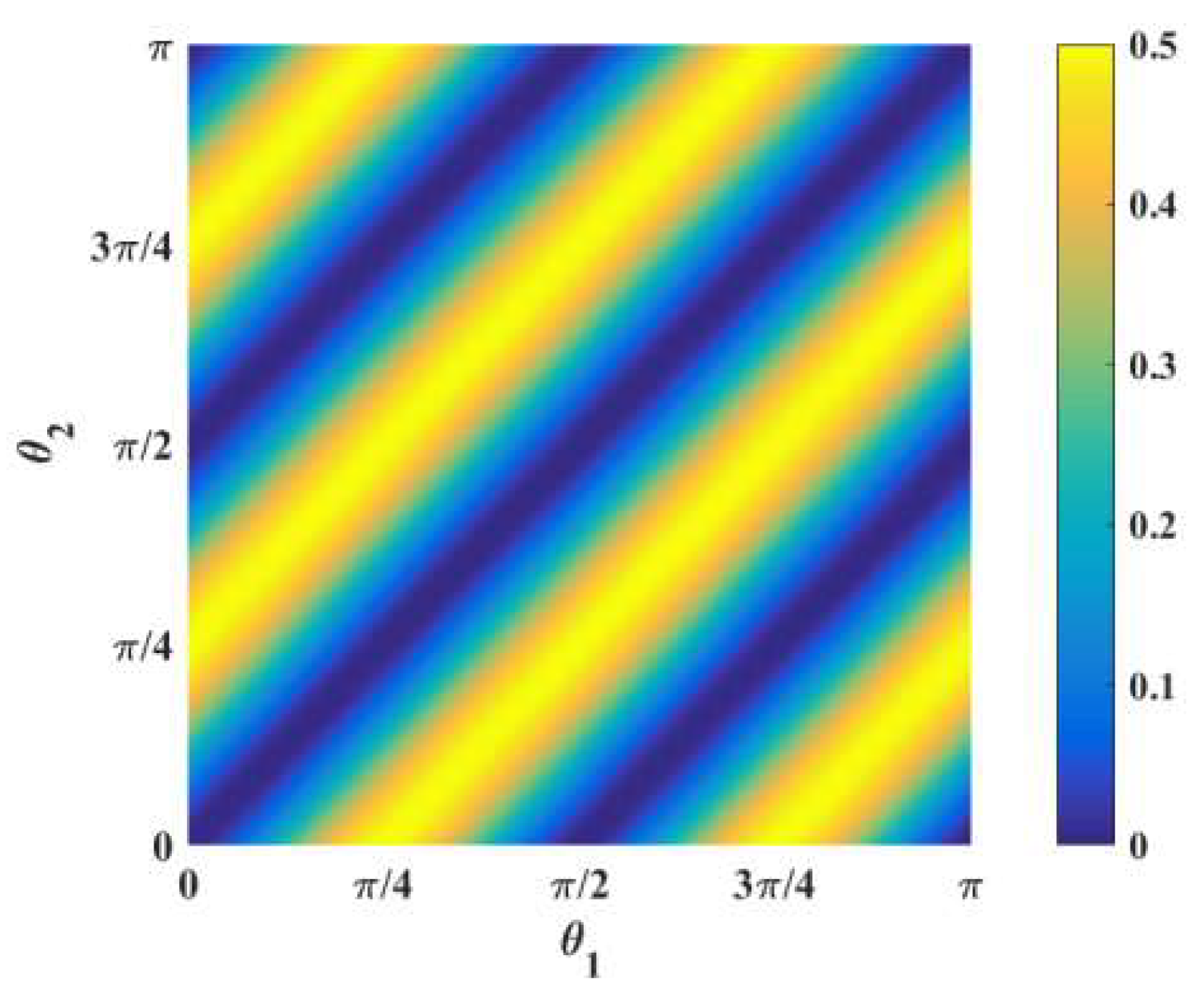
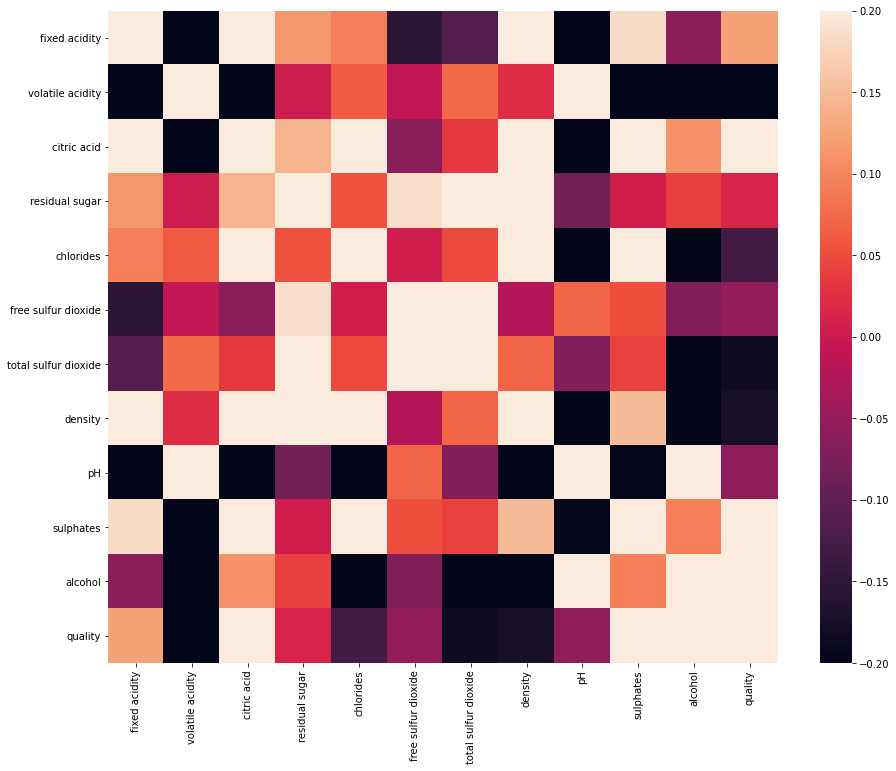







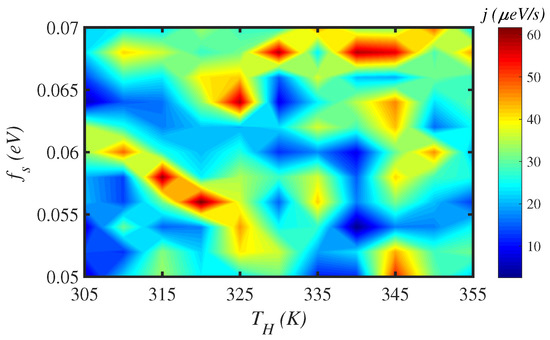
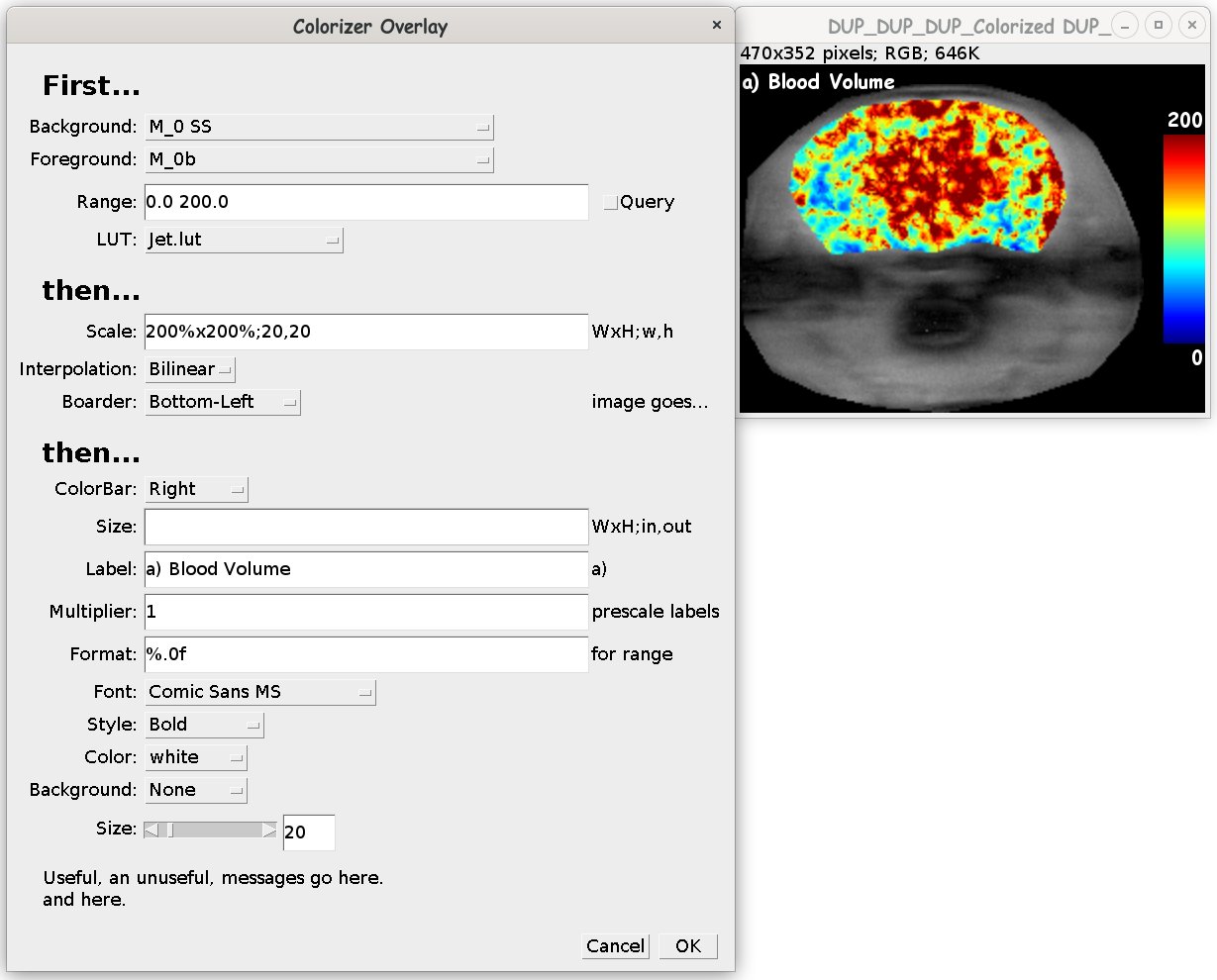
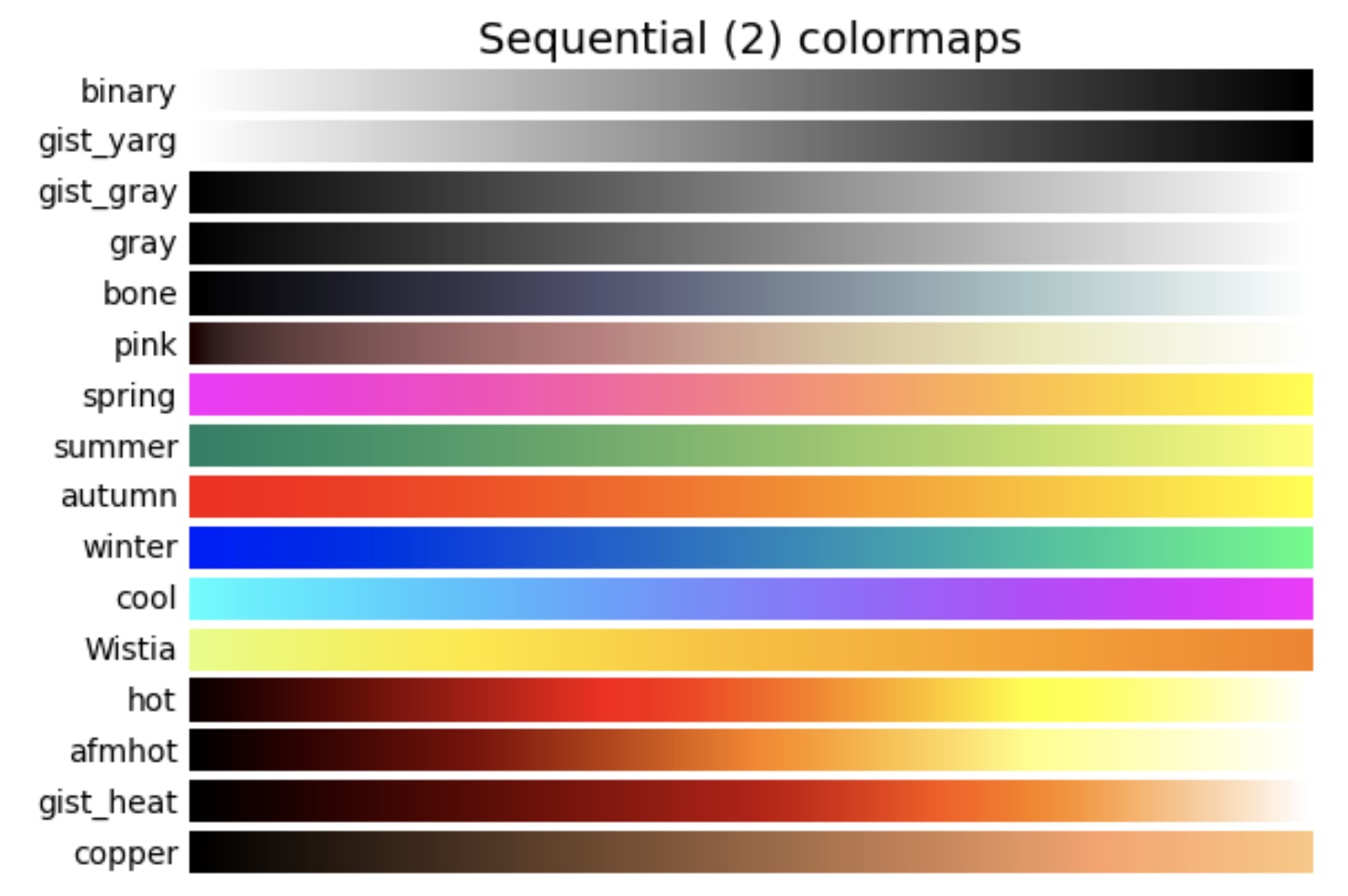
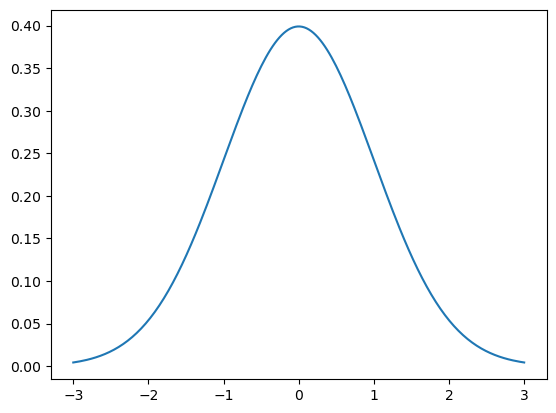


Komentar
Posting Komentar